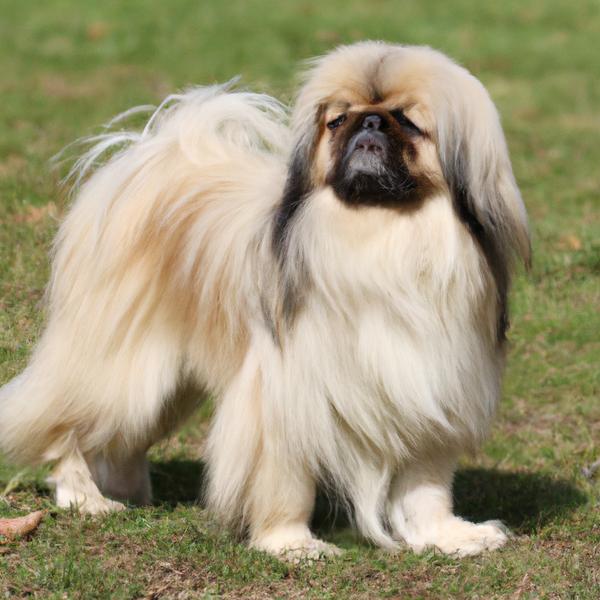Pekingese vs. Sheprador: Breed Differences and Similarities
Hypoallergenic
Are Pekingeses or Shepradors hypoallergenic, or neither?
Unfortunately, neither Pekingese nor Sheprador are hypoallergenic, which may not make them the best choice for dog lovers who suffer from pet allergies.
Temperament
What are the personalities of Pekingese and Sheprador dogs?
Affectionate
Good-natured
Opinionated
Aggressive
Intelligent
Stubborn
Active
Playful
Loving
Energetic
Protective
Alert
Intelligent
Friendly
Responsive
Affectionate
Loyal
Gentle
Going
Social
Good-natured
Cheerful
Shedding Level
Do Pekingeses shed more than Shepradors, or which breed sheds more, Pekingeses or Shepradors?
Pekingese or Sheprador dogs are not heavy shedders, but they will lose a significant amount of hair each year. To decrease the amount of shedding, you can regularly brush your Pekingese or Sheprador. This will remove loose hair and keep their coat growing in the same direction.
Watchdog Ability
Which dog breed makes a better watchdog, the Pekingese or Sheprador?
The Pekingese and Sheprador dogs are average watchdogs. If they sense something different, these breeds will alert their owner.
Origin
What is the origin of Pekingese and Sheprador dog breeds?
China
United States
Ancestry
What are the origins of Pekingese and Sheprador breeds?
Unknown
Labrador Retriever and Australian Shepherd
Date of Birth
When were Pekingese and Sheprador breeds first developed?
8th Century
2000s
Eye Color Possibilites
What are the eye colors of Pekingese and Sheprador dogs?
Brown
Blue
Brown
Nose Color Possibilites
What are the natural nose colors of Pekingese and Sheprador?
Black
Black
Coat Color Possibilites
What are the natural colors of the coat for Pekingese and Sheprador breeds?
Black
Fawn
Cream
Brindle
Gray
Black
Gray
Brown
Red
Cream
Fawn
Blue
Silver
White
Pied
Sable
Brindle
Coat Length
What is the typical coat length for Pekingese and Sheprador breeds?
Pekingeses are known for their coat length.
Shepradors have medium-length coats.
Coat Density
What is the density of the coat of Pekingese and Sheprador?
Coat Texture
What is the hair texture of Pekingese and Sheprador?
Straight
Litter Size
What is the usual litter size for Pekingese and Sheprador?
A Pekingese can have a litter of 13-15 puppies on average. However, it's worth noting that the size of the litters can vary greatly. Factors that can influence litter size include the health of the mother, breeding history, and genetics.
A Sheprador can have a litter of 5-10 puppies on average. However, it's worth noting that the size of the litters can vary greatly. Factors that can influence litter size include the health of the mother, breeding history, and genetics.
Adaptability
Pekingese and Shepradors are known for their adaptability and versatility. They are capable of adapting well to a wide range of lifestyle changes and living environments, making them great companions for families and individuals of all lifestyles.
Health Issues
Between Pekingese and Sheprador, which breed is more prone to health problems?
Pekingeses typically have low vet costs due to their good health, but it's important to monitor their health and seek vet care when necessary.
While the Sheprador breed is generally healthy, occasional vet check-ups are still necessary to address any health concerns.
Major Concerns
What are the major health concerns for Pekingese and Sheprador breeds?
Patellar Luxation
Entropion
Skin Fold Dermatitis
Brachycephalic Syndrome
Exposure Keratopathy Syndrome
Hip And Elbow Dysplasia
Pelger - Huet Syndrome
Osteochondritis Dissecans
Gastric Dilation Volvulus (GDV) or Bloat
Minor Concerns
What minor health issues should be kept in mind when owning Pekingese and Sheprador?
KCS
Hydrocephalus
Eye Disease
Mitral Valve Disease
Entropion
Ectropion
Sebaceous Adenitis
Eye Conditions (Cataracts, Lens Luxation)
Occasional Tests
What occasional tests are recommended for Pekingese and Sheprador breeds?
Eye
Knee
Heart
X-Rays
Eye Examination
Physical Examination
Respiratory Tests
Eye Examination
Skin Evaluation
Diagnostic Imaging
DNA
Energy
How do the energy levels of Pekingeses and Shepradors compare?
Pekingeses are a good choice for a low-key lifestyle due to their low energy levels.
Shepradors thrive on an active lifestyle due to their high-energy nature.
Social Needs
Pekingese vs Sheprador social needs comparison
Pekingese has average social needs and is less independent than other breeds.
Sheprador has very high social needs and requires regular mental and physical stimulation, a job or purpose, and companionship.
Exercise Needed
Pekingese vs Sheprador exercise need comparison.
Pekingeses require minimal physical activity for a healthy lifestyle.
Shepradors require significant physical activity and suit those with an active lifestyle.
Sleeping Need
Which of the two sleeps the most/least: Pekingese or Sheprador?
Pekingeses are known for their relaxed and calm nature and enjoy long periods of sleep.
Shepradors are active and require sufficient sleep to stay healthy.
Tendency to Bark
Do Pekingeses or Shepradors bark more/less frequently?
The Pekingese is a vocal breed that frequently barks and howls, and may not be suitable for those seeking a quiet companion.
Sheprador dogs are generally less vocal than other breeds and only bark when necessary, such as to alert their owner or communicate.
Mouthiness
Mouthiness Comparison: Pekingese vs Sheprador?
Roaming urge
Pekingese vs Labrador: Running away tendency?
Prey Drive
Pekingese or Sheprador - which breed has a higher level of prey drive?
Past times
What are some enjoyable activities and ways to keep Pekingese and Sheprador entertained?
Sniffing, Eating, Laying down, Walk, Training, Walking, Gardening, Tug-of-war, Fetch, Snuggling, Snow play, Socializing, Grooming, Walks
Walk, Tug-of-war
Activity Level
Which breed has higher energy, Pekingeses or Shepradors?
Pekingeses are low-energy dogs. This breed make a great companion for a relatively inactive person. Pekingese dogs require a few short daily walks, and then they're happy snuggling next to you for the rest of the day.
Shepradors are high-energy dogs. They need mental as well as physical exercise. These dogs require a lot of your involvement and without it they can, and will, become problematic dogs.
Tolerance of being left alone
Walks per Week
How many miles should Pekingese or Sheprador walk each week?
There's really no limit to how far you walk your dog as long as they're comfortable. For Pekingese, it's at least 6 miles / week. Just remember to build distance and stamina gradually over time.
There's really no limit to how far you walk your dog as long as they're comfortable. For Sheprador, it's at least 15 miles / week. Just remember to build distance and stamina gradually over time.
Activity per Day
Do Pekingeses or Shepradors require more exercise?
In general most Pekingeses usually need at least 20 minutes of exercise daily. This can be spread across the day and include all sorts of high-energy activities, like walking, running and playing.
In general most Shepradors usually need at least 60 minutes of exercise daily. This can be spread across the day and include all sorts of high-energy activities, like walking, running and playing.
Grooming
Which breed is easier to maintain in terms of grooming, Pekingeses or Shepradors?
Pekingeses have high grooming needs, requiring regular trims and professional grooming assistance to keep their coat healthy.
The Sheprador has low grooming needs and is easy to maintain.
Brushing Frequency
What is the recommended brushing frequency for Pekingese and Sheprador dogs?
Pekingese should be brushed at least once a week. Of course you can give them more frequent brushes if you find that they are still shedding a lot
Ideally, Sheprador should be brushed at least 2 or 3 times a week (preferably daily) improve shedding.
Brushing Tools
What brushing tools are used for Pekingeses and Shepradors?
Slicker Brush
Comb
Scissors
Nail Clipper
Pin Brush
Dematter
Comb
Nail Clipper
Cups
How much food should be given to Pekingese or Sheprador in cups?
For an average 8-14 pound (4 - 6 kg) Pekingese feed 1 cups daily. But, keep in mind, the amount you feed is going to be dependent on the quality of the food you are feeding.
For an average 50-80 pound (23 - 36 kg) Sheprador feed 2.5 cups daily. But, keep in mind, the amount you feed is going to be dependent on the quality of the food you are feeding.
Daily Cost
Which breed has a higher daily cost, Pekingese or Sheprador?
The average cost of a Pekingese is somewhere $1.10 - $1.40 per day.
The average cost of a Sheprador is somewhere $2.20 - $3.40 per day.
Monthly Cost
Which breed has a higher monthly cost, Pekingese or Sheprador?
The average per month expenses of a Pekingese is between $35 - $42. This makes an average of $420 - $504 per year. It will be on the higher side when the dog is still small because it will need more frequent visits to the vet, shots.
The average per month expenses of a Sheprador is between $67 - $101. This makes an average of $804 - $1212 per year. It will be on the higher side when the dog is still small because it will need more frequent visits to the vet, shots.
Intelligence
Comparing Intelligence: Pekingeses vs Shepradors
Pekingese is an independent and stubborn breed with low obedience intelligence, making training a test of patience.
Sheprador is a very intelligent and trainable breed.
Sensitivity Level
How do Pekingese and Sheprador compare in sensitivity?
Pekingeses are adaptable and resilient, making them ideal for those seeking a less sensitive pet.
This breed is sensitive to its environment and best suited for patient and understanding families with a consistent routine.
Affection Dependance
Which is the more affectionate dog breed: Pekingese vs Sheprador?
Apartment Friendly
Which breed is more apartment-friendly: Pekingese or Sheprador?
Pekingeses make excellent apartment dogs, being fairly active indoors and not requiring a yard.
Shepradors are good apartment dogs as long as they get enough exercise and stimulation outside of the apartment.
Child Friendly
Do Pekingeses or Shepradors have a friendlier temperament towards children?
Pekingeses are not suitable for children.
Shepradors make excellent family pets for kids due to their gentle, protective nature and calm temperament.
Senior-friendly
Which dog is more suitable as a pet for the elderly - Pekingese or Sheprador?
Cat Friendly
Do Pekingese or Sheprador breeds have a better compatibility with cats?
Pekingeses are very friendly with cats and make great companions for them.
Shepradors are good with cats, but early training is needed to prevent chasing behavior.
Dog Friendly
Which breed is more sociable with other dogs: Pekingese or Sheprador?
Pekingeses are average in their friendliness towards other dogs, and socialization can help.
Shepradors are friendly and active companions, and can be good family pets, though their friendliness towards other dogs may vary.
Pet friendly
How do Pekingese or Sheprador dogs interact with other pets?
Stranger Friendly
Which breed is more friendly with strangers: Pekingese or Sheprador?
Pekingeses are averagely friendly around strangers but benefit from early socialisation.
Shepradors are friendly but may bark at strangers, and training is easy due to their intelligence.
Playfulness
Which breed is more playful between Pekingese and Sheprador?
Pekingeses are not very fond of playing and prefer other activities.
Shepradors are very playful, so adopting an older one might be a better option for a more relaxed experience.
Trainability
How do the trainability levels of Pekingeses and Shepradors compare?
Pekingeses are popular for their ease of training and quick learning ability.
The Sheprador is highly intelligent and eager to please, making it a great choice for both novice and experienced dog owners due to its easy trainability.
Compare Pekingese with other breeds
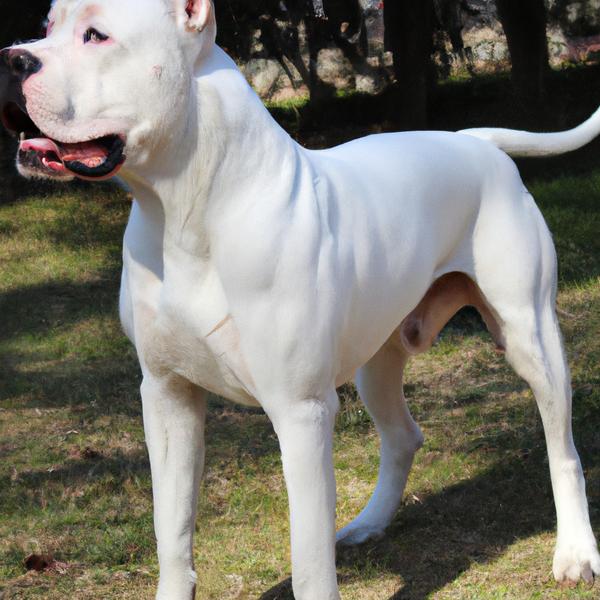
Dogo Argentino
Pekingese vs Dogo Argentino
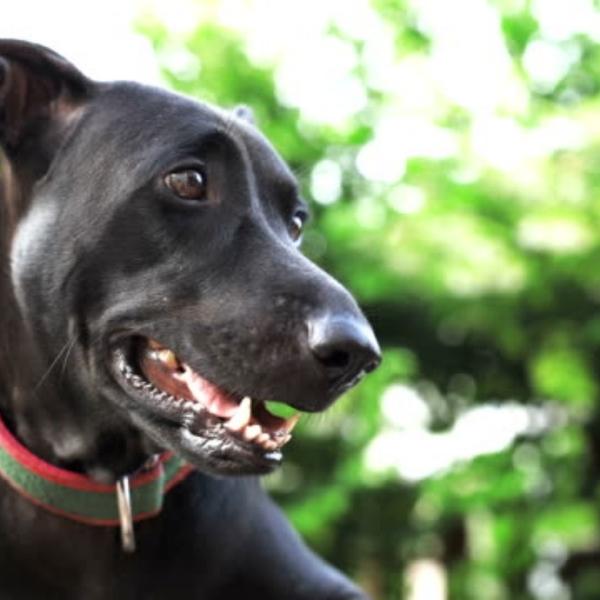
Sheprador
Pekingese vs Sheprador
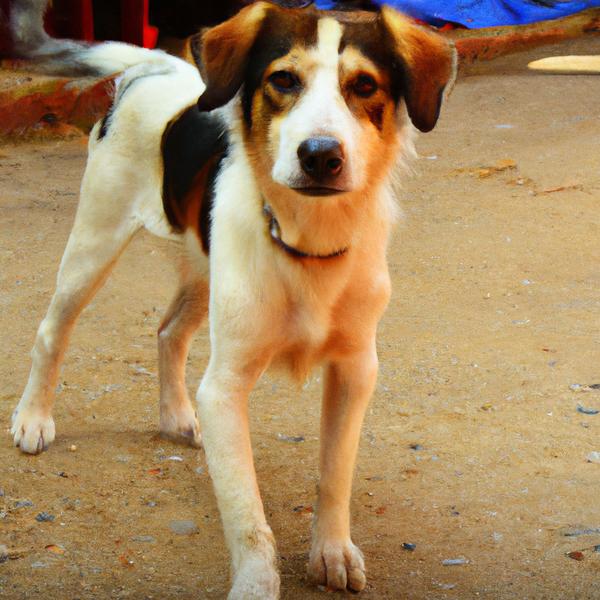
Wheagle
Pekingese vs Wheagle
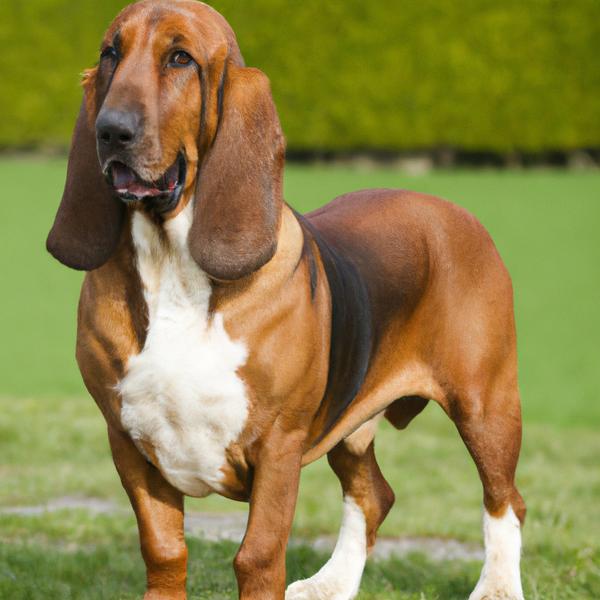
Irish Bostetter
Pekingese vs Irish Bostetter
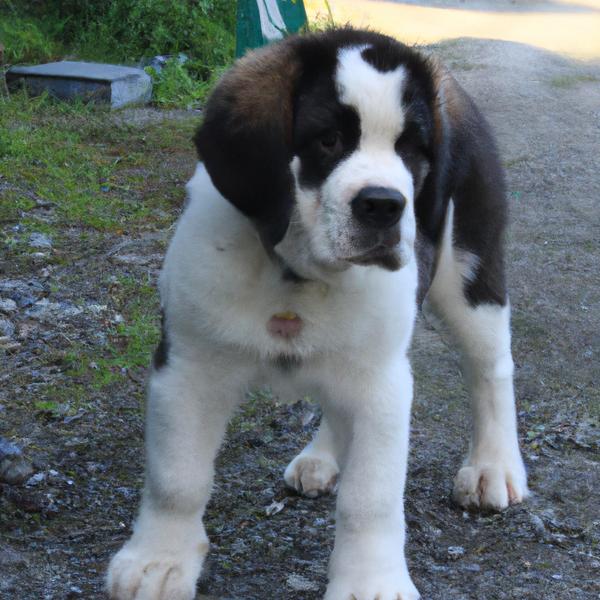
Mini St. Bernard
Pekingese vs Mini St. Bernard
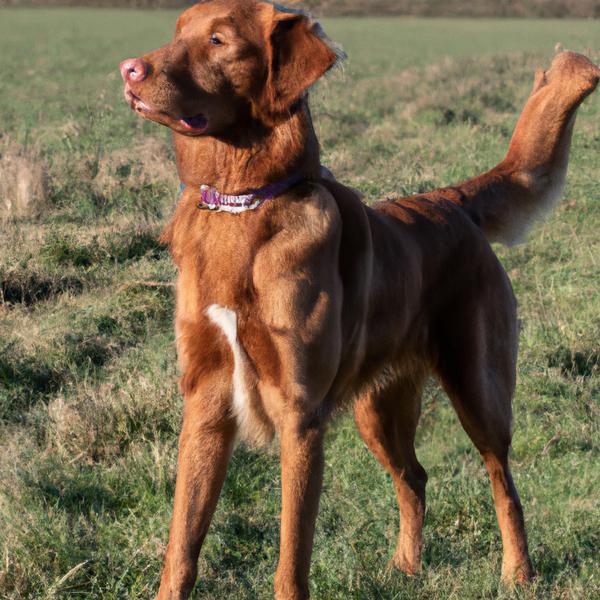
Chatham Hill Retriever
Pekingese vs Chatham Hill Retriever
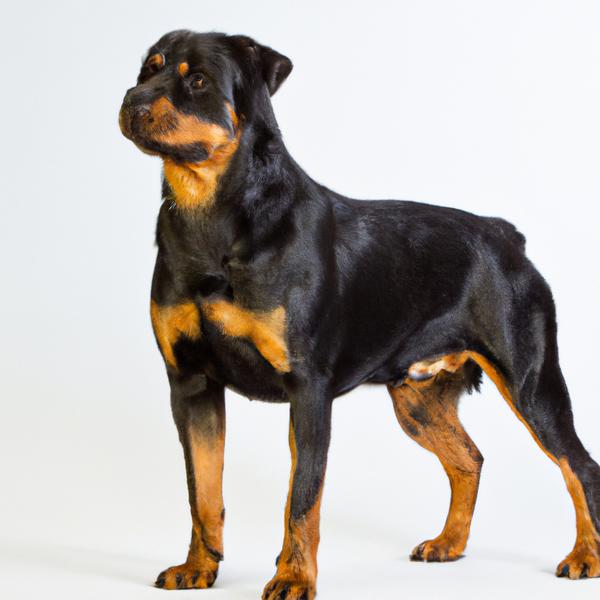
Rotterman
Pekingese vs Rotterman
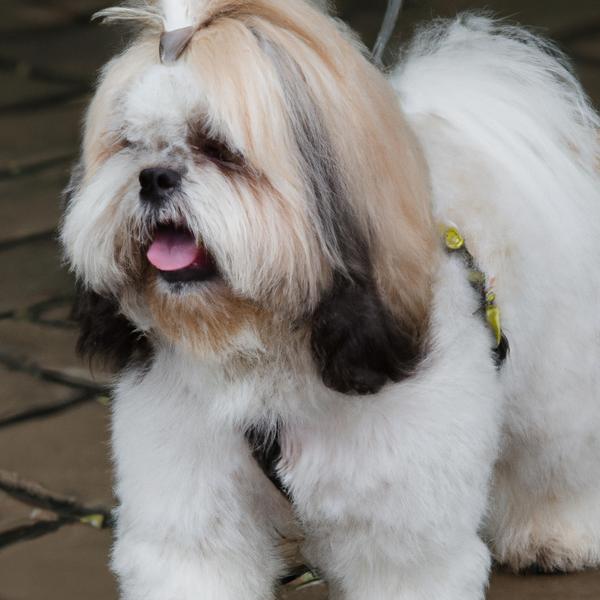
Enga-Apso
Pekingese vs Enga-Apso
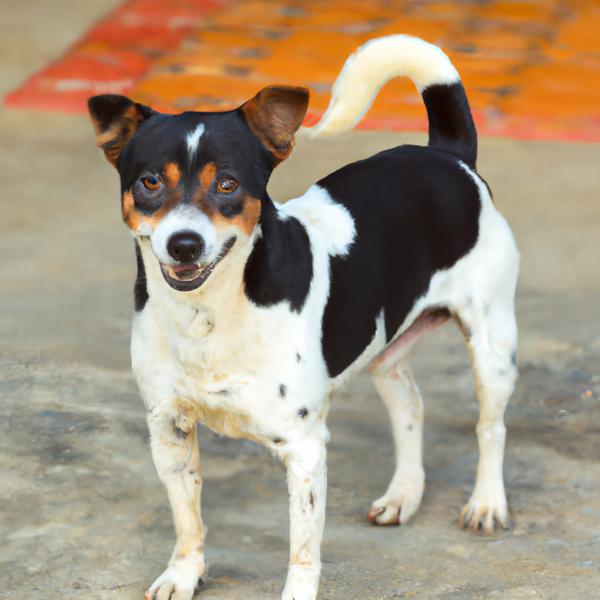
China Jack
Pekingese vs China Jack
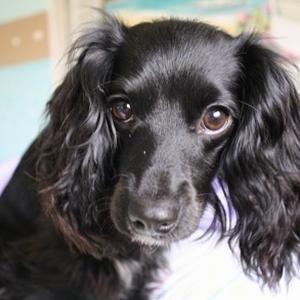
Docker
Pekingese vs Docker

American Bullweiler
Pekingese vs American Bullweiler

Aussie Silk Terrier
Pekingese vs Aussie Silk Terrier
